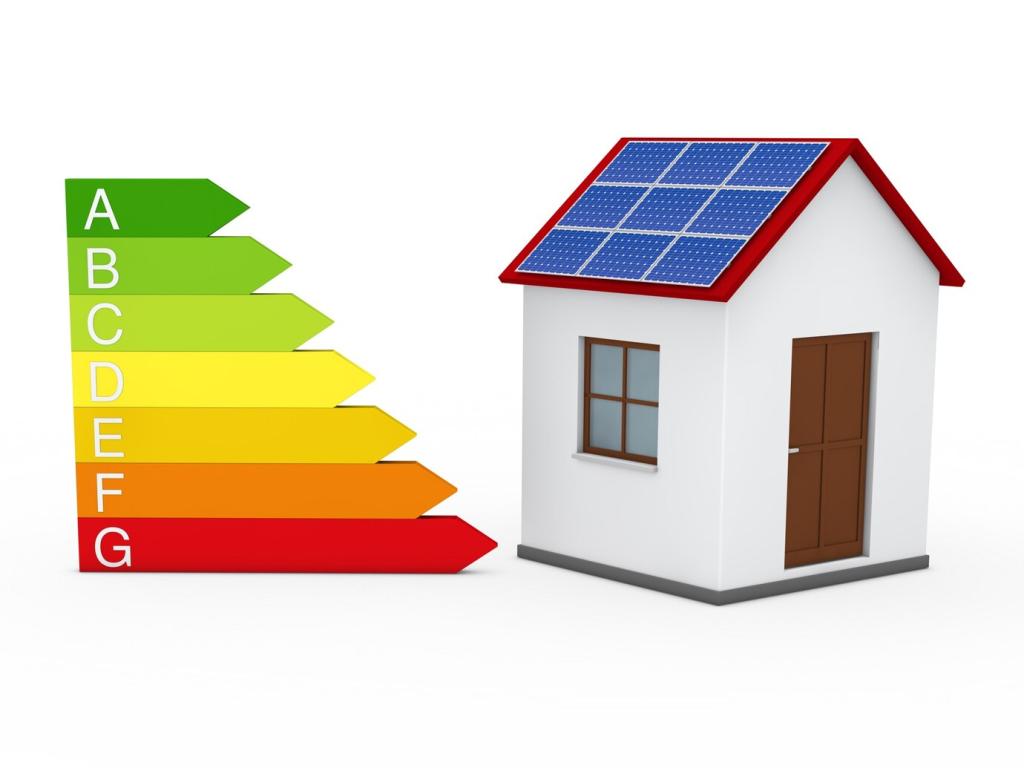Know Your R-Value: Materials, Climate, and Smart Choices
R-value measures resistance to heat flow—the higher the number, the better the insulation performs. In colder climates, you generally need higher R-values, especially in attics, to prevent heat loss and keep bills steady through long winters.
Know Your R-Value: Materials, Climate, and Smart Choices
Fiberglass batts are budget-friendly, cellulose offers excellent coverage in irregular cavities, and spray foam seals and insulates in one step. Consider fire resistance, moisture tolerance, and installer skill when comparing options for lasting, safe performance.
Know Your R-Value: Materials, Climate, and Smart Choices
Your local climate zone guides recommended R-values for attics, walls, and floors. Check regional guidelines, then share your zone in the comments so we can suggest practical targets and help you plan upgrades that actually pay back.








